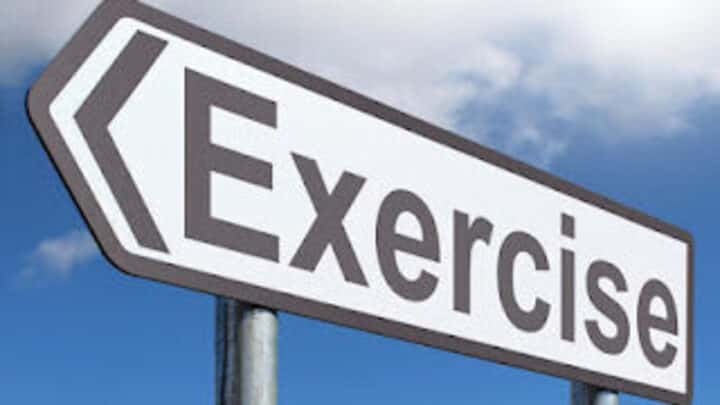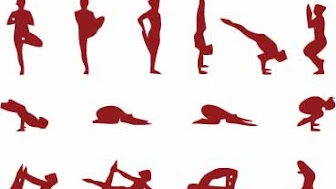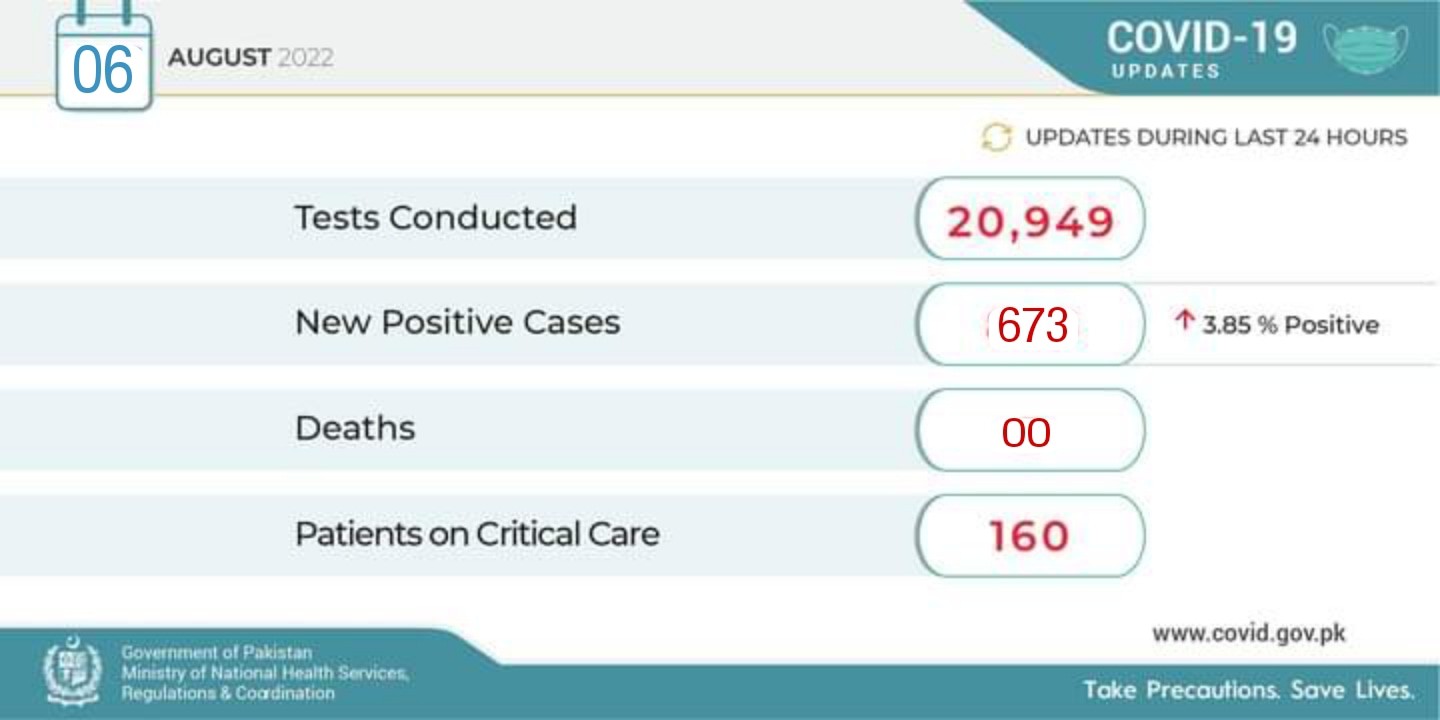Many types of physical activity can support weight loss by increasing the number of calories you burn. The amount of weight you can expect to lose can vary based on your age, diet, and starting weight.
It is estimated that about half of adults try to lose weight each year.
Exercise is one of the most common strategies used by people trying to shed pounds. It burns calories, and this plays a significant role in losing weight.
In addition to helping you lose weight, exercise has many other benefits, including improving your mood, strengthening your bones, and reducing your risk of various chronic diseases.
- It is estimated that 25% of all adults in the world try to lose weight.
- In addition to dieting, exercise is one of the most common strategies for trying to shed extra pounds. It burns calories, and it plays a key role in weight loss.
- In addition to helping, you lose weight, exercise has been linked to many other benefits, including a better mood, stronger bones, and a lower risk of many chronic diseases.
List of best exercises to lose weight
Here are the 6 best and Easy weight loss exercises that will help you lose weight.
1. Walking

Walking is a great and easy way to lose weight. This is a simple and easy way for beginners to start exercising without any hassle or need to buy equipment. Also, it is a low-impact exercise, which means it does not put pressure on your joints.
According to Harvard Health, it is estimated that a 155-pound (70 kg) person burns 167 calories per 30 minutes of walking at a moderate speed of 4 miles per hour (6.4 km / h). A 12-week study of 20 obese women found that walking 50-70 minutes three times a week reduced body fat and waist circumference by 1.5% and 1.1 inches (2.8 cm), respectively.
It’s easy to walk into your daily routine. To add more steps to your day, try walking during your lunch break, climbing stairs to work, or taking your dog for extra walks.
To get started, Plan on walking 30 minutes 3 to 4 times a week. When you are fitter, you can gradually increase the duration or frequency of your walk.
2. Jumping and Running

Turns out, running or jogging is a quick and easy way to lose weight and get rid of this belly fat. If you don’t have a treadmill or the weather is bad outside, jogging on the spot can be a simple and easy alternative to help you burn calories.
In addition, studies have shown that walking and running can help burn harmful visceral fat, commonly called belly fat. This fat is folded over your inside organs and is related to different persistent illnesses like coronary illness and diabetes.
Running and jogging are both great exercises that can be done anywhere and are easy to incorporate into your weekly routine. To get started, Aim to stay awake for 20-30 minutes 3 to 4 times a week.
If you find jogging difficult or walking outside difficult on your joints, try running on soft surfaces such as grass. In addition, many treadmills have built-in cushions, which can be easily attached to your joints.
3. Jump rope

Jumping rope not only improves coordination and cognitive functions, but the intensity of this exercise raises your heart rate, which burns you about 1074 calories per hour.
- Heat with 8 to 10 jumps, then jump continuously for 1 to 2 minutes.
- Take a rest for 15 to 30 seconds and repeat.
- Complete the 3 sets.
You can also change your routine. Do one seat jump on one leg, one seat with both legs, and one seat while walking.
4. Cycling
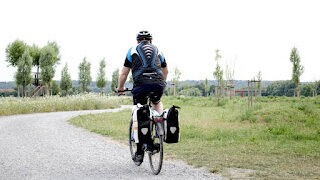
Cycling is a popular and easy exercise that improves your fitness and helps you lose weight. Although cycling is traditionally done outdoors, many gyms and fitness centers have stationary bikes that allow you to cycle indoors.
Harvard Health estimates that a 155-pound (70-kilogram) person burns approximately 260 calories in 30 minutes while riding at a moderate speed on a stationary bike, or 298 calories per 30 minutes on a bicycle at 12-19 mph. At moderate speeds (19–22.4 km / h).
Not only is cycling great for weight loss, but studies have shown that people who cycle regularly have improved overall health, increased insulin sensitivity, and heart disease, cancer, and death. It is less risky than people who do not cycle regularly.
Cycling daily is great for people of all fitness levels, from beginners to athletes. Also, it is a non-weight and low-impact exercise, so it will not put too much pressure on your joints.
5. Yoga
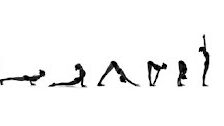
Yoga is a popular and easy way to exercise and relieve stress. Although not commonly thought of as a weight loss exercise, it burns plenty of calories and offers many additional health benefits that can promote weight loss.
Harvard Health estimates that a 155-pound (70 kg) person burns 149 calories in 30 minutes of yoga practice.
A 12-week study of 60 obese women found that those who participated in two 90-minute yoga sessions per week experienced a significant reduction in waist circumference compared to the control group.
In addition to burning calories, the yoga bundles experienced updates in mental and genuine success, studies show that yoga teaches mindfulness, which helps you avoid unhealthy foods, control overeating, and better understand your body’s appetite signals.
Most gyms offer yoga classes, but you can practice yoga anywhere. This includes the comfort of your own home, as there are many guided tutorials available online.
6. Swimming
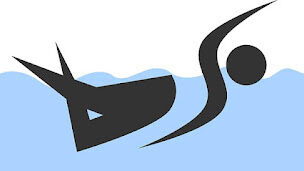
Swimming is an easy exercise to lose weight and get in shape. Harvard Health estimates that a 155-pound (70 kg) person burns about 233 calories in half an hour of swimming.
How you swim affects how many calories you consume. Every 30 minutes, a 155-pound (70 kg) person burns 298 calories in a backstroke, 372 calories in a breaststroke, 409 calories in a butterfly, and 372 calories in running water.
A 12-week study of 24 middle-aged women found that swimming 60 minutes 3 times a week significantly reduced body fat, improved flexibility, and reduced several risk factors for heart disease, including high. It includes total cholesterol and blood triglycerides.
Another advantage of swimming is its low-impact nature, which is easy on your joints. This makes it an incredible choice for individuals who have wounds or joint agony.
How much weight can you realistically expect to lose?
The amount of weight you can expect to lose weight from exercise depends on several factors. These factors include:
Starting Weight: People who start out at a higher weight usually have higher BMRs. It is the number of calories your body burns when carrying out the basic vital functions of life. A higher basal metabolic rate means you’ll burn more calories both during activity and at rest.
Age: Older adults tend to carry more fat mass and less muscle mass, which lowers their basal metabolic rate. And a low basal metabolic rate can make it difficult to lose weight.
Gender: Women tend to have a higher ratio of fat to muscle than men, which affects their basal metabolic rate. As a result, men tend to lose weight faster than women, even if they eat a similar number of calories.
Diet: Weight loss occurs when you burn more calories than you consume. Thus, a calorie deficit is required to lose weight.
Sleep: Studies have found that lack of sleep may slow the rate of weight loss and even increase cravings for high-calorie foods.
Medical conditions: People with medical conditions such as depression and hypothyroidism may enjoy a slower rate of weight loss.
Genes: Studies have shown that weight loss has a genetic component, which may affect some people with obesity.
Although most people want to lose weight quickly, experts usually recommend losing 1-2 pounds (0.5-1.36 kg) or about 1% of your body weight per week.
Losing weight quickly can cause negative health effects. For example, it can lead to muscle loss, increased risk of gallstones, dehydration, fatigue, malnutrition, headaches, irritability, constipation, hair loss, and irregular periods.
Moreover, people who lose weight quickly are more likely to gain it back.
It is important to keep in mind that losing weight is not a linear process, and it is common to find yourself losing weight more quickly when you begin the process.

